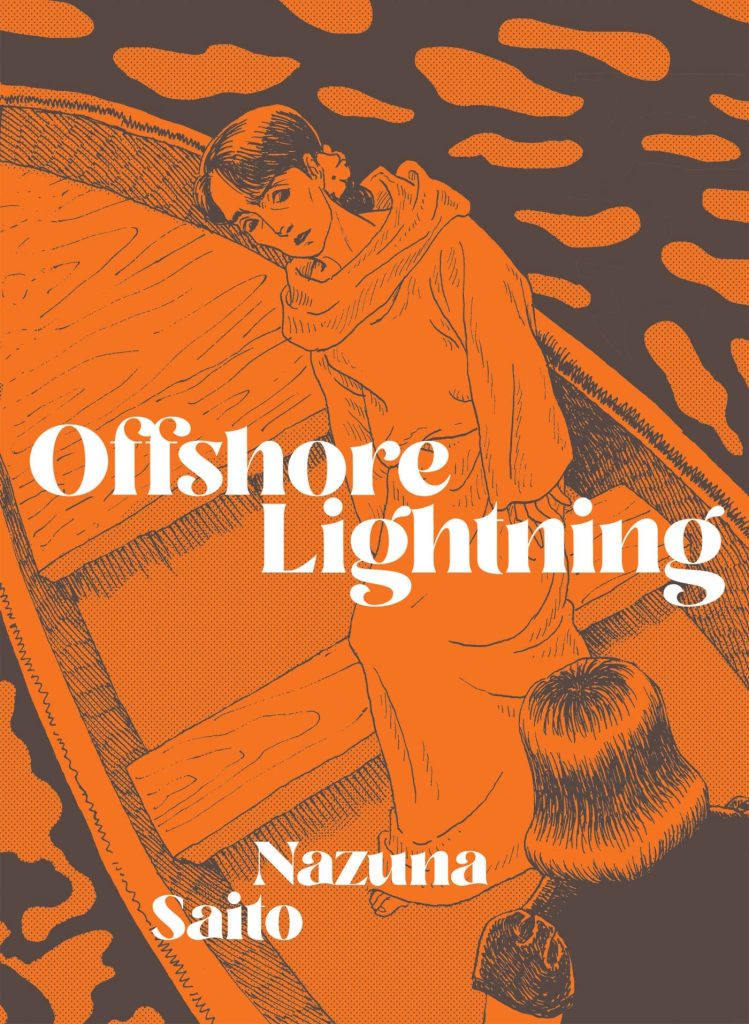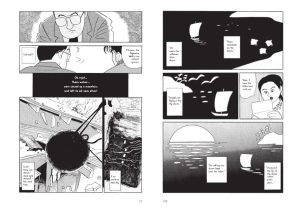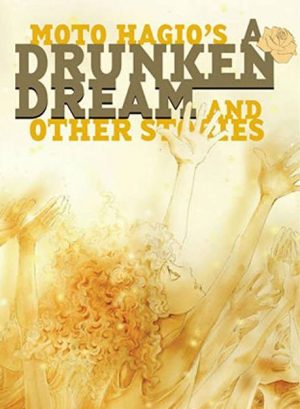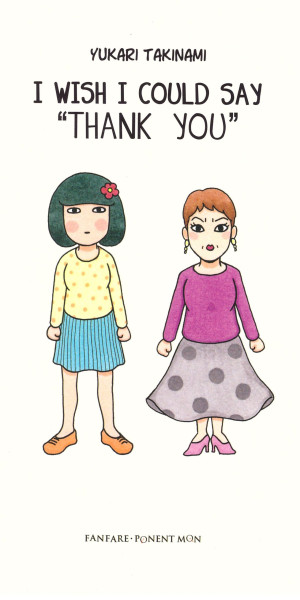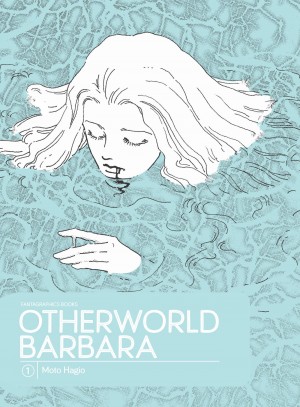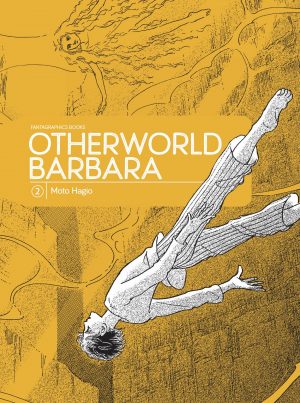Review by Ian Keogh
Saito Nazuna differs from almost every other comic creator by virtue of not starting to express herself though comics before reaching forty. Offshore Lightning is predominantly a collection of stories produced in the 1990s when her naturalistic dramas were most successful. However, as an informative introduction reveals, real life circumstances intervened, meaning between 2001 and 2012 she drew no comics, and the final two stories gathered here are later works.
Nazuna’s strips are introspective, focussing on small moments for ordinary people, presented as such rather than dramatised for greater impact. Offshore Lightning begins as it continues with ‘Toward the Sunset’ from 1991, about a man taking a walk and coming across broken ice prompting him to recall an incident from his childhood that he’s not considered for years. A neatly symbolic ending representing the past being out of reach completes a tidy reflective strip.
Youth is again the focus in the title strip as a young illustrator accompanies a worldly journalist to a town where the women who fish for pearls during the day are geishas at night. Nazuna provides a deliberately uncomfortable contrast between naivety and experience, with the younger man the more understanding, and the title coming from a brief moment of literal illumination.
In succession those are followed by a complex relationship flooded by parakeets, an unexpected interlude when buying dog food and five visits to a hospital with the patient’s condition becoming progressively worse. While all Nazuna’s stories follow a traditional beginning, middle and end structure, there’s no predicting where they’re going to meander within it. She treats an opening sequence as an introduction, and the characters first seen are generally dragged beyond their comfort zone in some respect. These are intelligent observations of some realities of life, sometimes with a greater point to make, with relationships, family obligations and death being the most common themes.
The art is kept simple, but there’s a considerable delicacy when needed. The people aren’t greatly expressive, but that feeds into what can be a detached reflection of life in some stories.
There is a difference to the two later stories, distinguished by both featuring greater artistic detail and being considerably longer. ‘In Captivity’ is the most powerful inclusion, the darkness emphasised by Nazuna using more shading and areas of black ink than on other strips. As it features a female manga artist it also seems more personal. She visits her mother in hospital, experiencing dementia, but possibly also channelling a past life and also identifying with jailed Myanmar politician Aung San Suu Kyi. The old woman has always been contrary, but Nazuna induces sympathy by providing literal illustrations of the torments she claims to suffer, and the way she connects the delusions to reality is clever.
An almost closed-off community of a tower block are studied in the final story, again providing a very telling final analogy. It’s quiet and satisfying, but makes its point forcefully from a creator forced to consider death more personally herself.
Anyone who’s enjoyed the more realistic Japanese work now being translated, often by Drawn and Quarterly, should add Offshore Lightning to their reading list.
